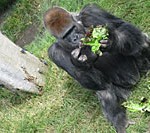
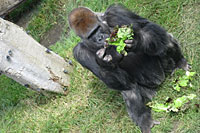
In preparation for my Visit-a-Job, I got a TB test (mandatory to be around primates), avoided people with colds and sniffles like a hornet’s nest (primates are susceptible to many human diseases, and I didn’t want to be an accidental vector), worked like a maniac to get my assignments caught up in the office, and baked cookies for the keepers to help keep them motivated (positive reinforcement works with all apes!). Striding through the Zoo at 5:50 a.m. to meet the keepers, I was astonished by all the people already hard at work. Within minutes, I’d be joining them.
Our first stop was orangutans. We walked past clean, gleaming counters, down the steps, and into the orangutan bedrooms. Leaving the lights off, we walked down the dim hallway checking on each animal without waking them. Then the keeper expertly prepared the juice bottles for individuals who need medication (birth control, arthritis, etc.). Back upstairs I got to help plant some shrubs inside the exhibit: $500 had been donated by a school class, the plants purchased at a local nursery, and they had just been released from horticulture quarantine (a protocol to ensure no chemicals or pests are inadvertently brought into the exhibit). The horticulturist explained the challenges of exhibit landscaping, including making sure the plants, buds, and seeds are not toxic to the animals, the varieties of grasses necessary to keep an exhibit area green all year, and how to protect the plants from the ever-curious primates. Our plants were going in behind “hot wire,” which is a gentle deterrent at best.
 Slathered in sweat by 7:30, it was then time to head over to gorillas and “help” get them ready for the day. I all but tap danced in the foot bath in the doorway, as the heady, sweet smell of gorillas met my nose. They were up and about, and not too rowdy. I had met the troop several months before while writing an article about Frank and his family for the Zoo’s member magazine, ZOONOOZ (September 2009), and believe me, it was high praise when Avila, an adult female, came over and carefully stared me down, perhaps trying to place where she knew me from. Paul Donn, the imposing silverback, sat with his (huge) arms crossed while little Frank checked in with everyone, waiting for breakfast.
Slathered in sweat by 7:30, it was then time to head over to gorillas and “help” get them ready for the day. I all but tap danced in the foot bath in the doorway, as the heady, sweet smell of gorillas met my nose. They were up and about, and not too rowdy. I had met the troop several months before while writing an article about Frank and his family for the Zoo’s member magazine, ZOONOOZ (September 2009), and believe me, it was high praise when Avila, an adult female, came over and carefully stared me down, perhaps trying to place where she knew me from. Paul Donn, the imposing silverback, sat with his (huge) arms crossed while little Frank checked in with everyone, waiting for breakfast.
The keeper opened a partition about a foot high, and Frank ambled into a holding area in which he is given his special breakfast. When Frank was born, his mother was not able to hold him properly to nurse, so keepers intervened to ensure he was getting enough to eat while leaving him with his troop to learn the rules of gorilla-hood (see Frank the Gorilla: First Year). He’s had the best of both worlds! He will be weaned from his bowl of warm morning porridge soon, but thankfully the spoon-feeding task is still necessary…and the keeper let me do it!
Frank is a good eater, and he peered unblinking at me scooping his gruel into his pink mouth. I could see his tiny baby teeth in the front, white as fresh snow. He also gets fresh fruit and seemed to really enjoy the slices of green bell peppers. He weighs a sturdy 31 pounds (14 kilograms) now. I was ecstatic having the honor of being this close to this amazing animal. I’m sure Frank could feel the adoration exuding from me; clearly no malfeasance could come from this love struck “naked ape,” so he continued to stare at me throughout his breakfast. And I stared right back, tickled pink.
Zoo keepers are busy bees, especially in the crunch time before the Zoo opens at 9 a.m. Scooping, sweeping, and hosing exhibits and bedroom areas, slicing, dicing, and preparing diets (and meds), checking on animals, inspecting exhibits for animal and public safety, the list goes on and on, and are all chores that need to be done seven days a week, every day of the year. The keepers’ deep commitment to the well-being of the animals in their care (and their wild counterparts) is remarkable, as is the patience for husbandry training practices they manage to include in an already jam-packed work day. I was grateful the keepers also made time for me!
Stay tuned for Part II of my exciting Visit-a-Job day, where we meet up with the bonobos and drop back in on Frank.
Karyl Carmignani is a staff writer for the San Diego Zoo. Read her previous post, Chicken Noodle Soup (Part 2).









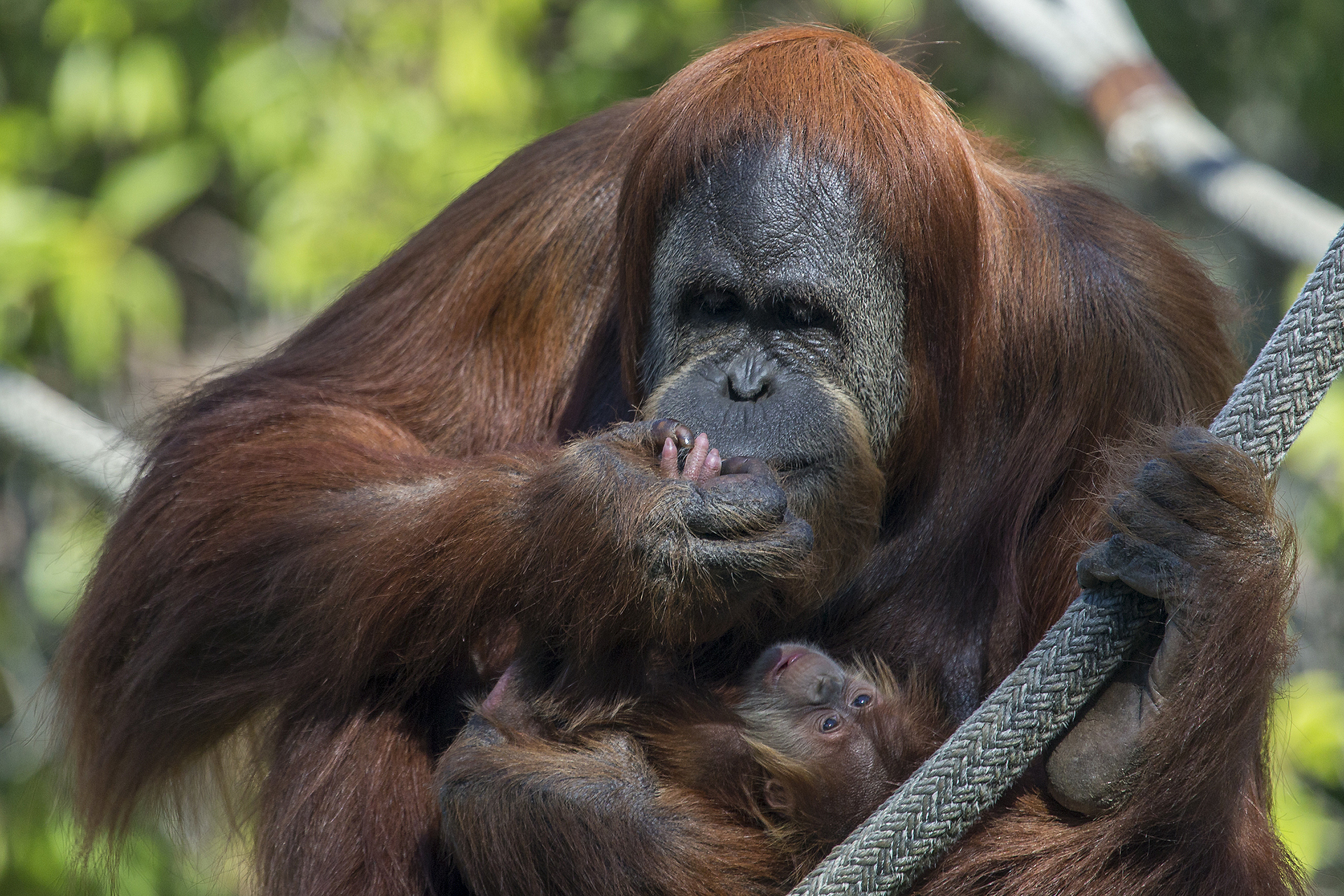
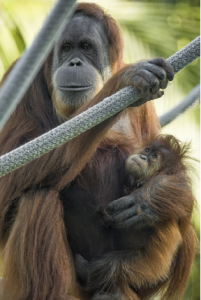

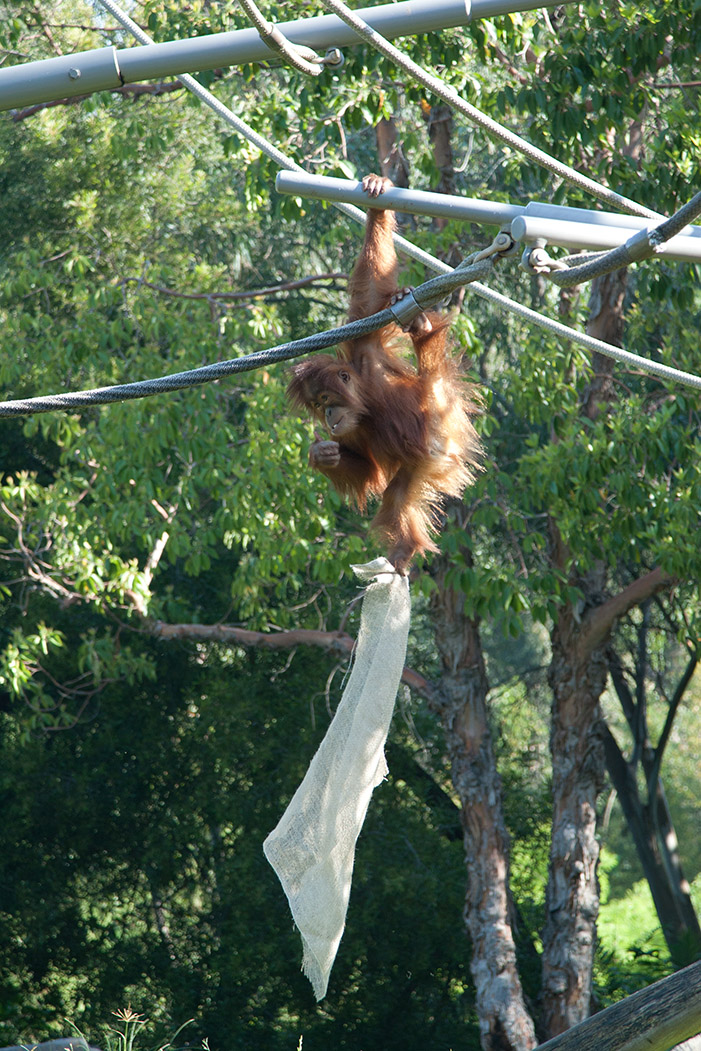


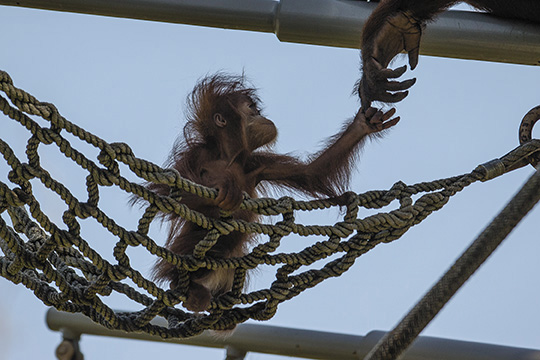


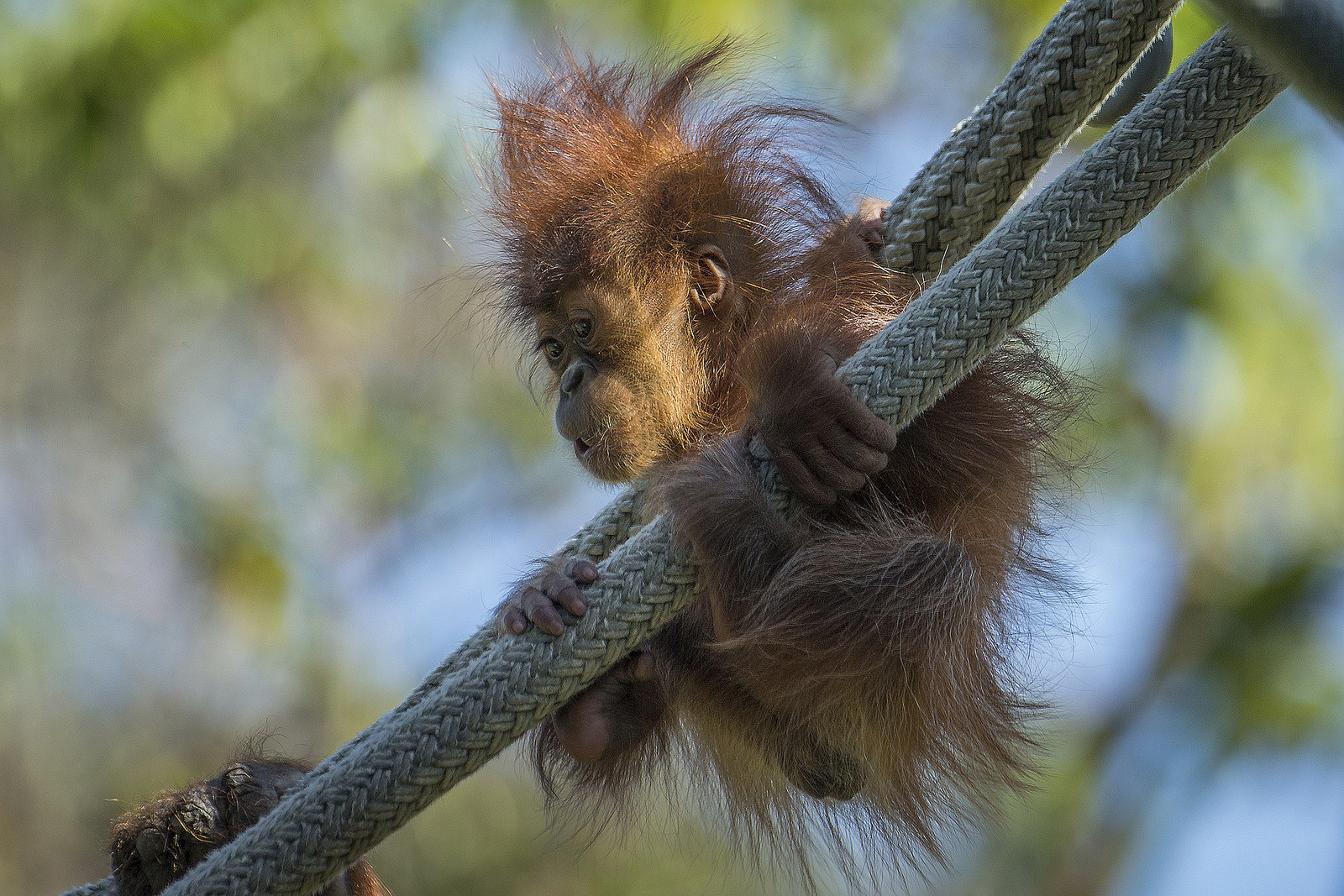

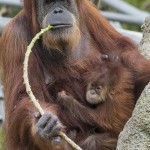
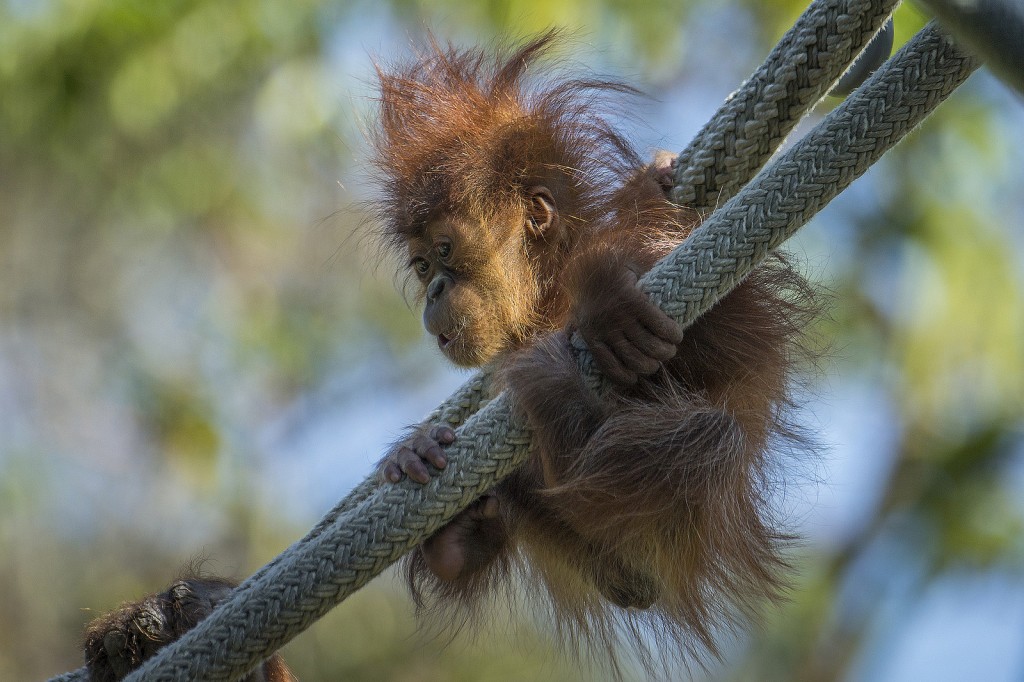



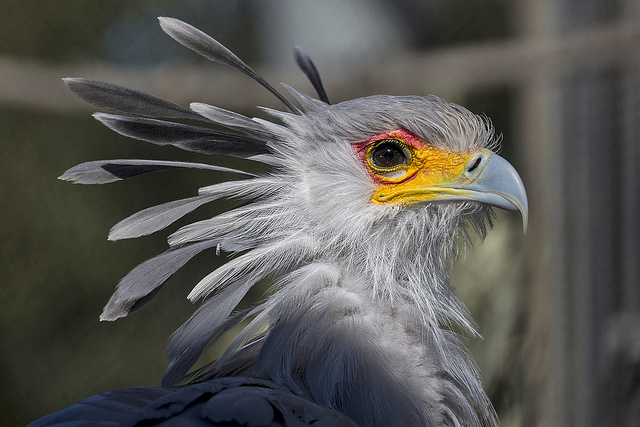
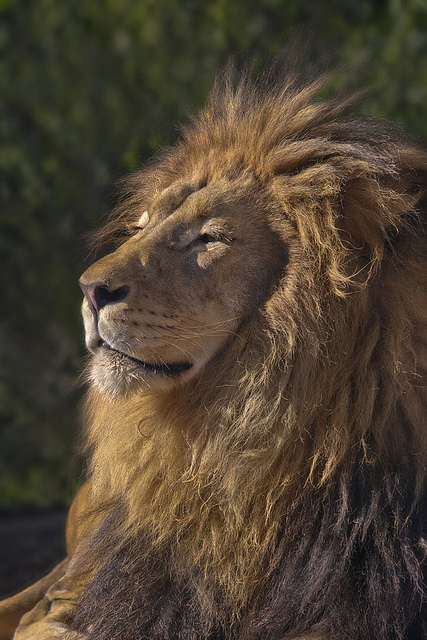

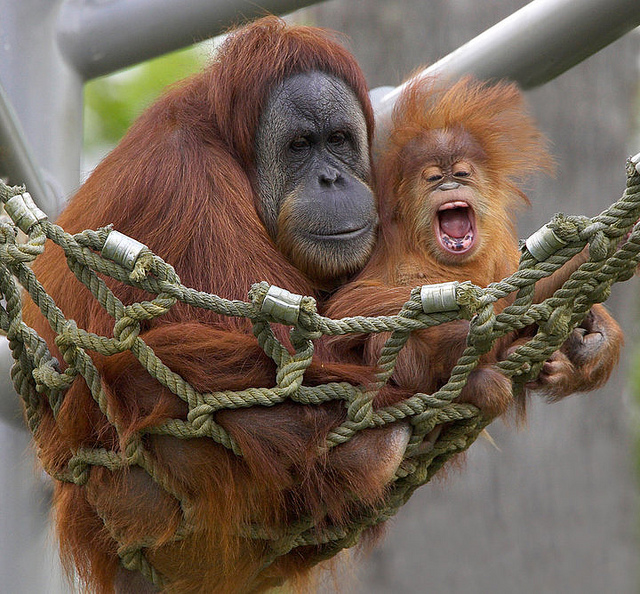
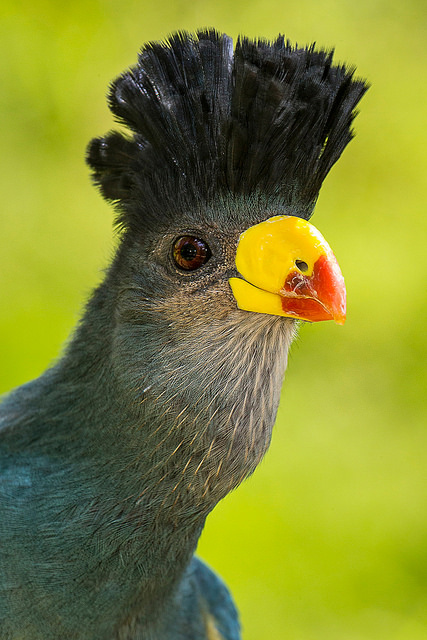

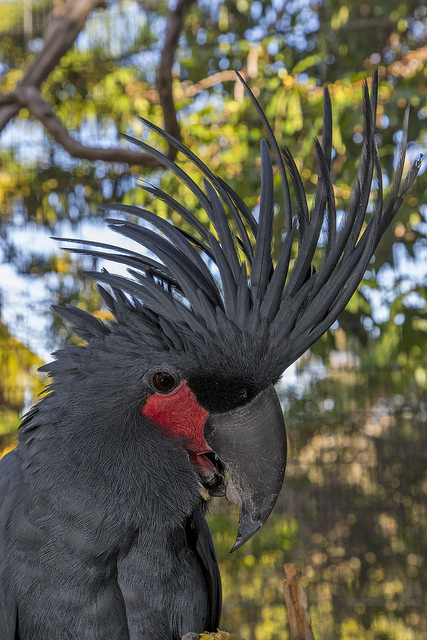
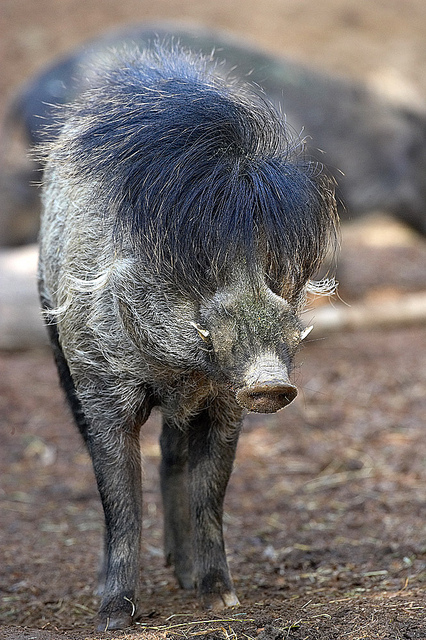



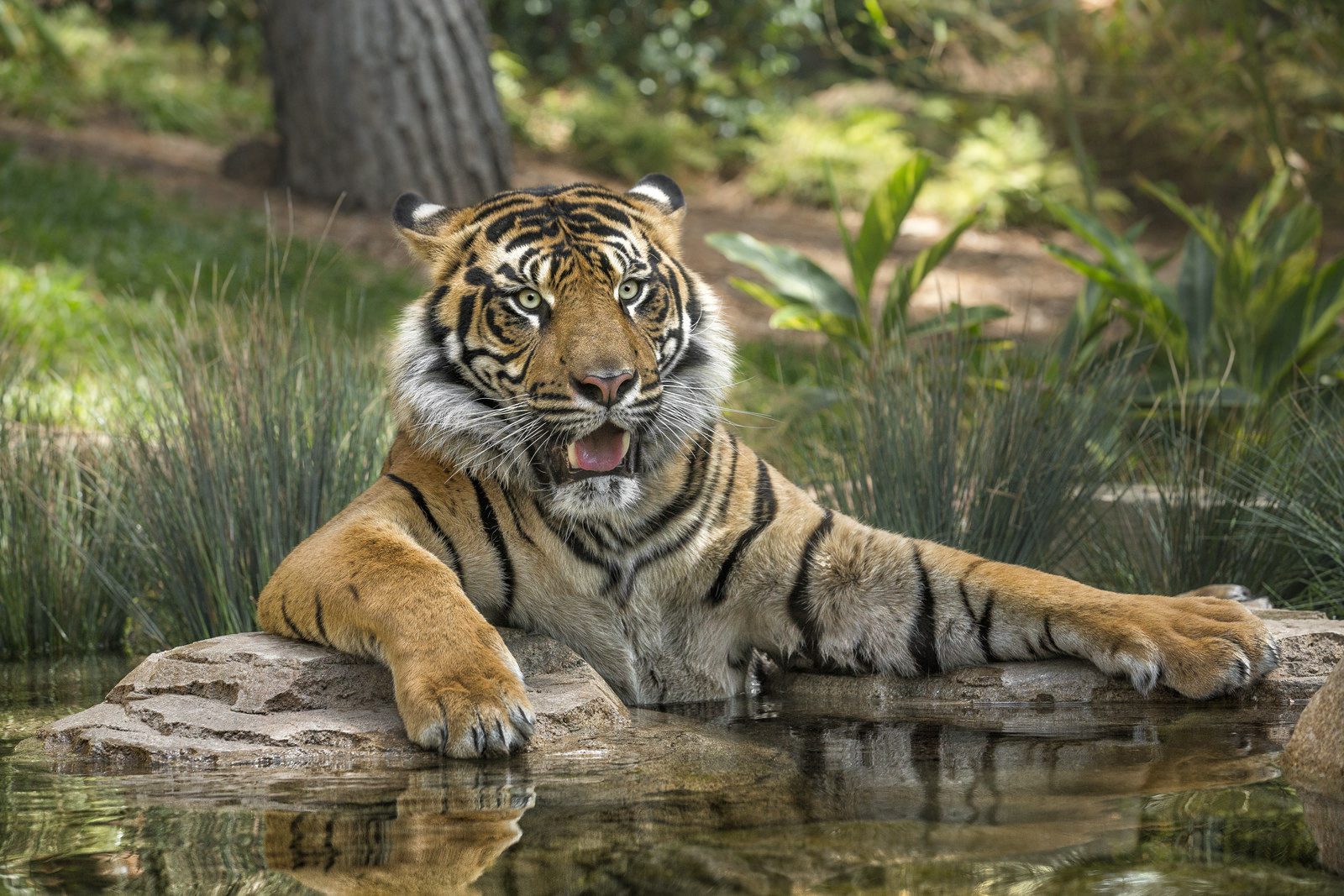

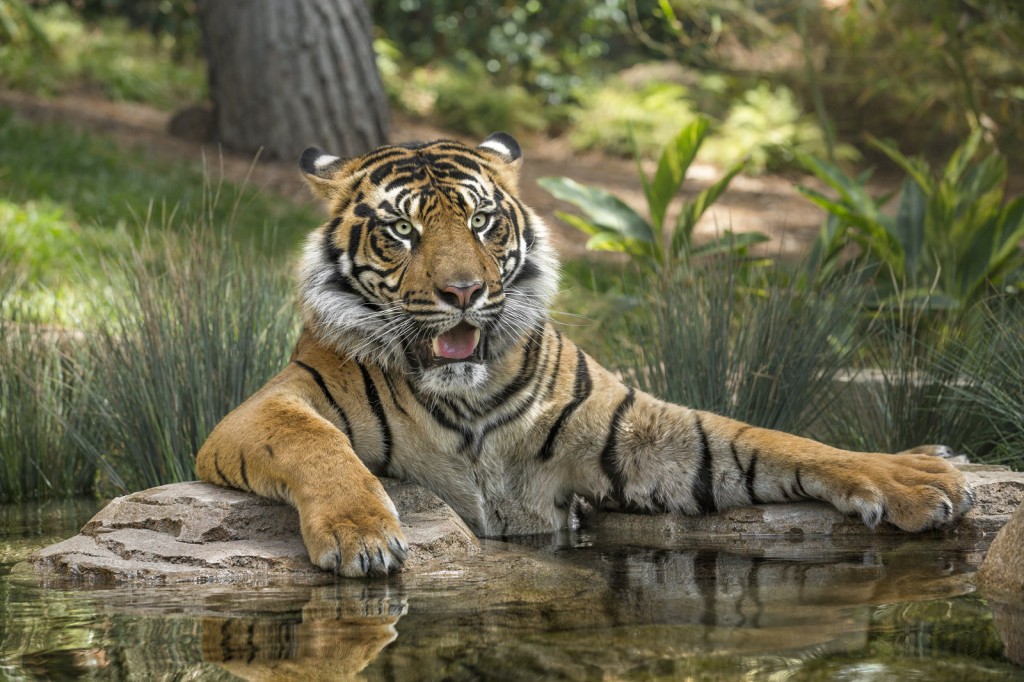

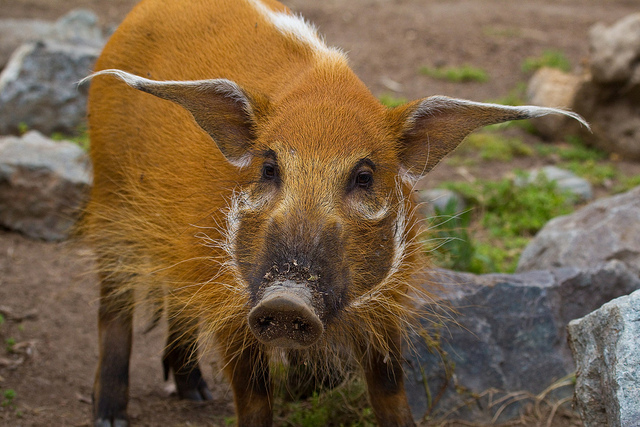

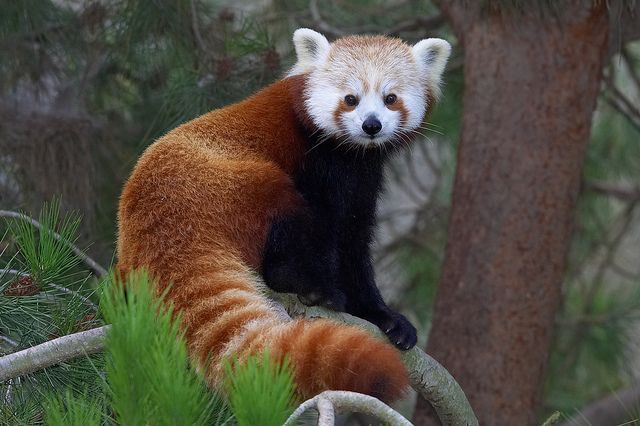
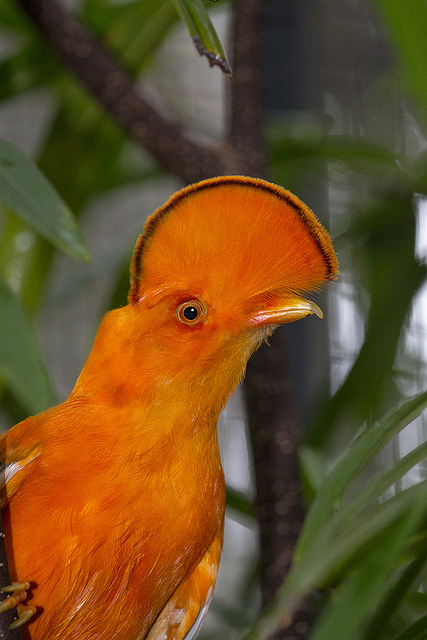
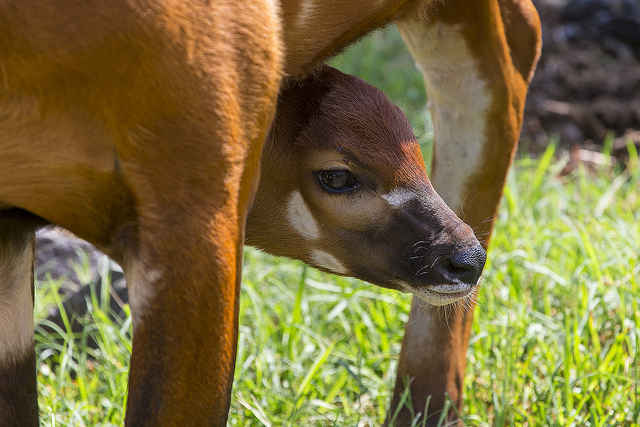
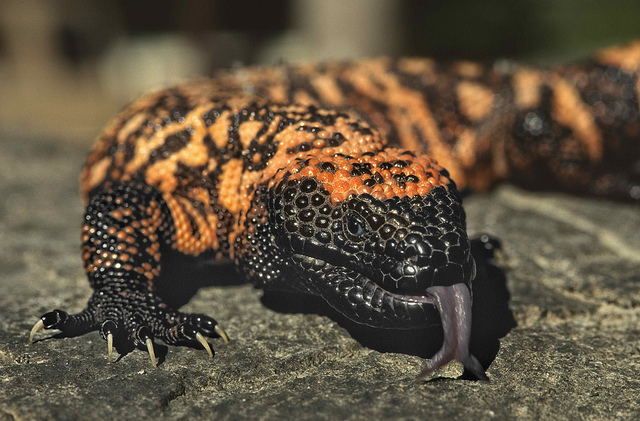
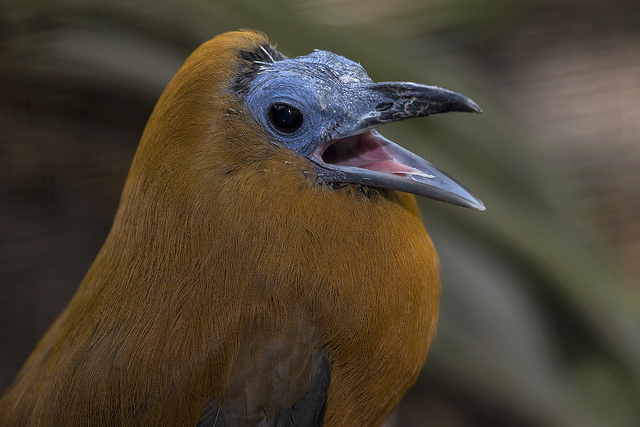

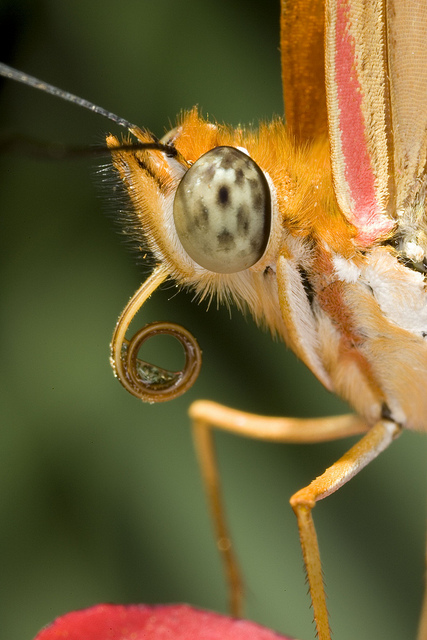
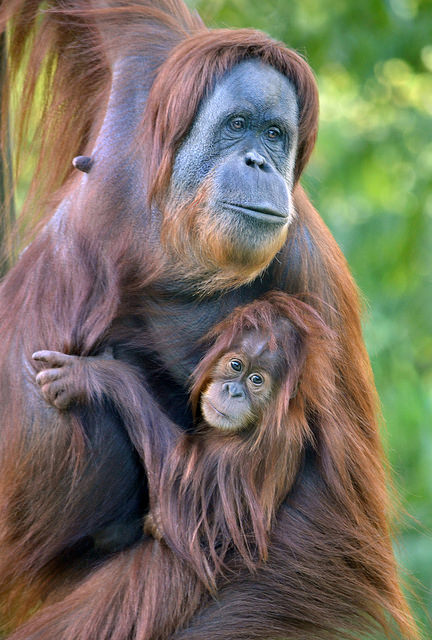




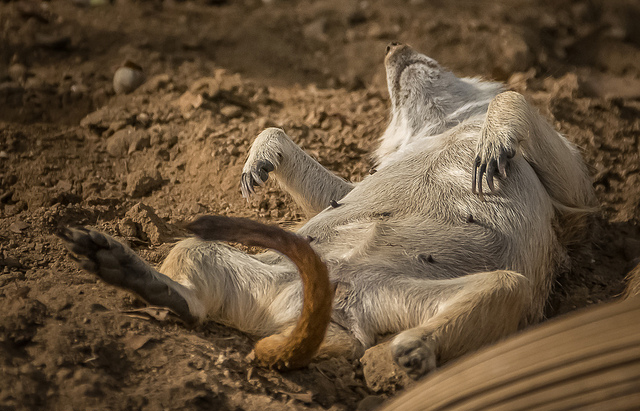
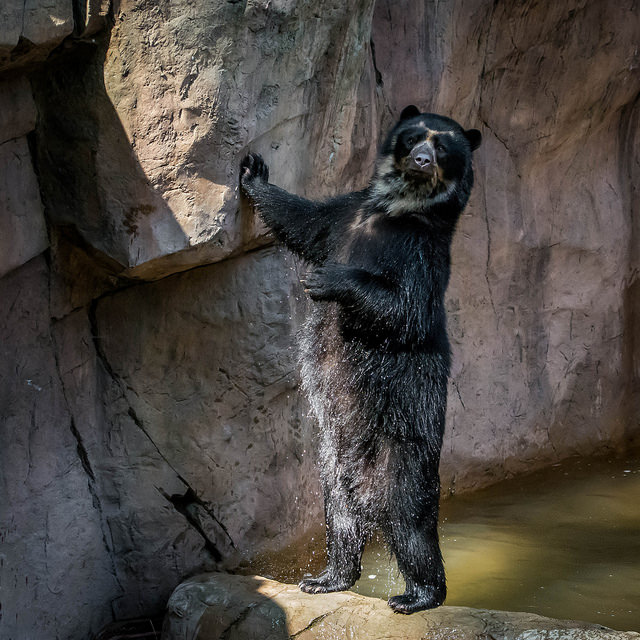


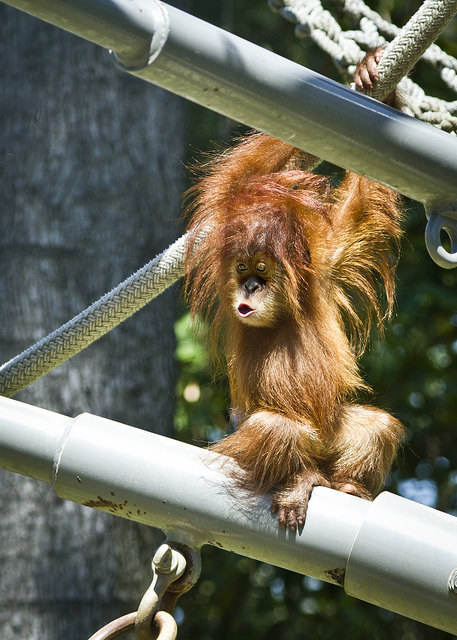
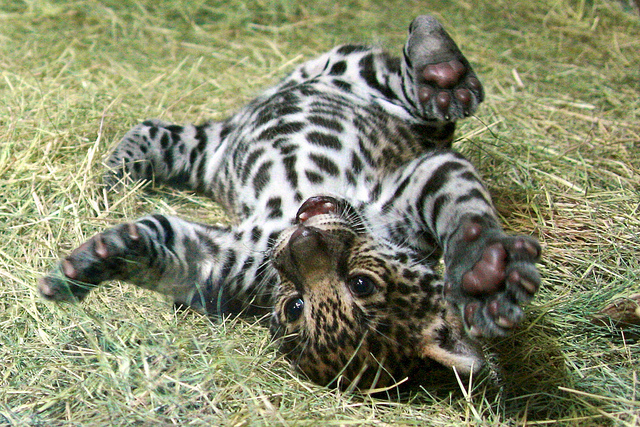
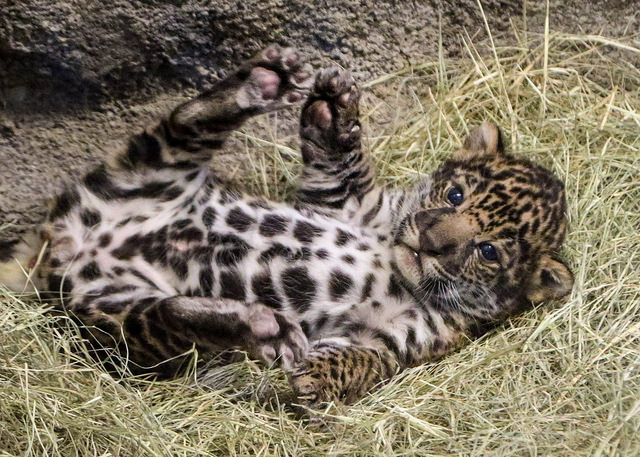
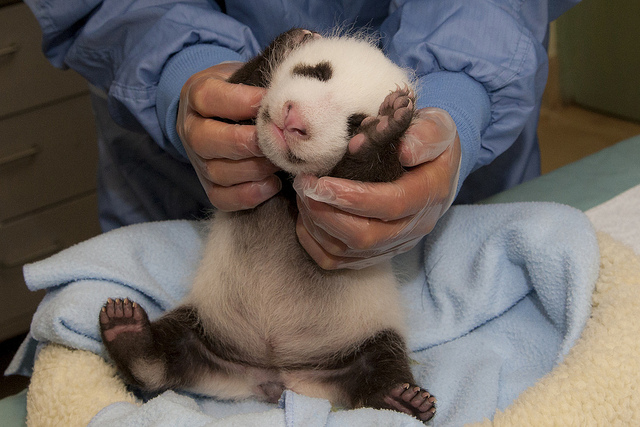
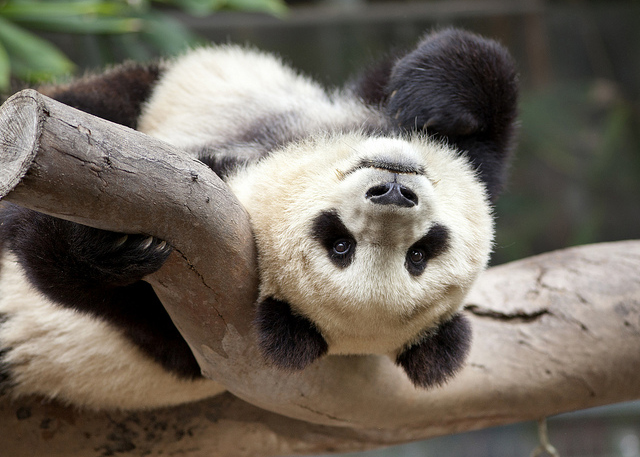

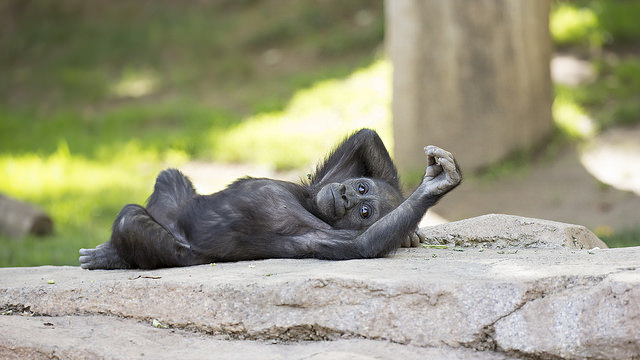
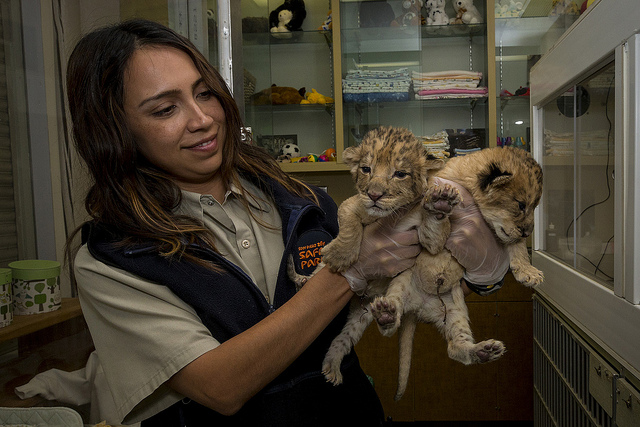
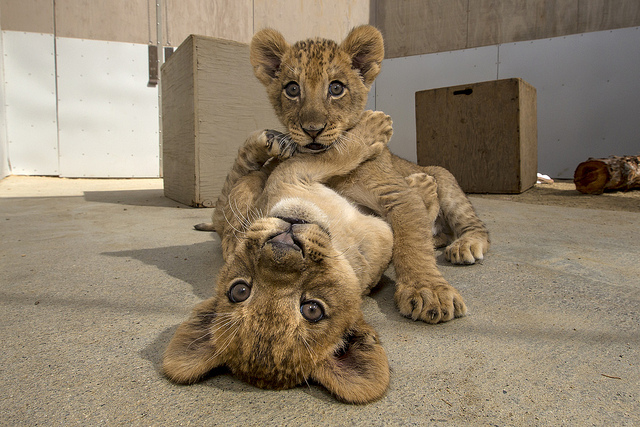
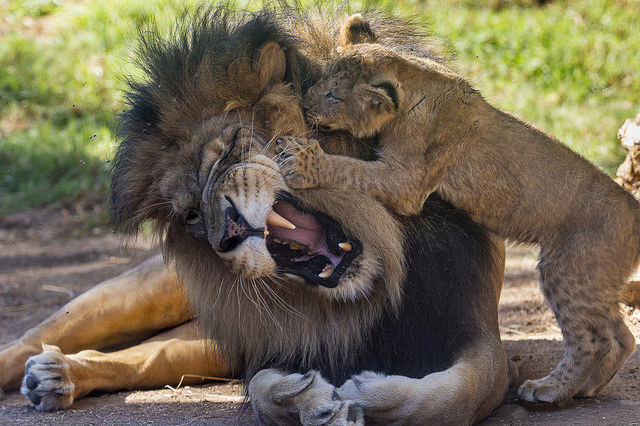

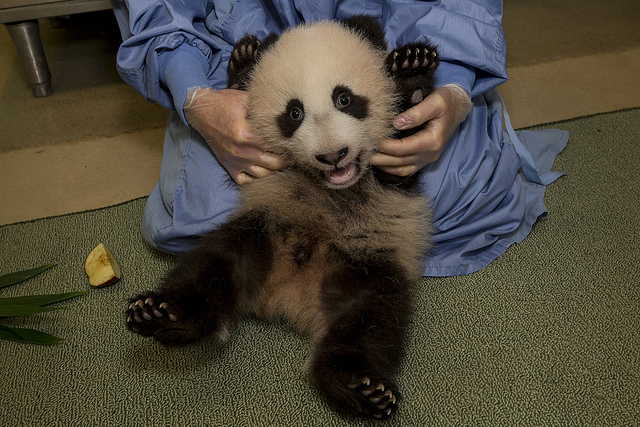
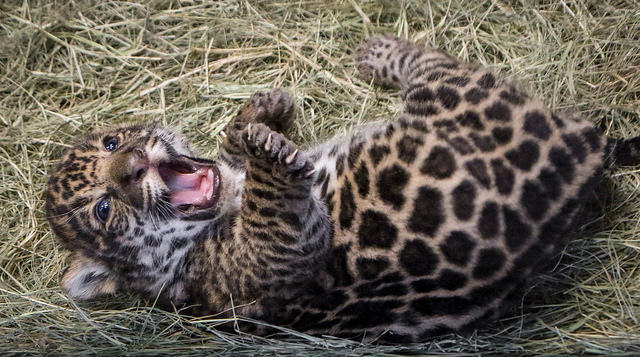






 Average age, in years, at which female orangutans first give birth
Average age, in years, at which female orangutans first give birth
 The width, in feet, of a male orangutan’s arm span
The width, in feet, of a male orangutan’s arm span
 The percentage of genes that we share with orangutans
The percentage of genes that we share with orangutans



